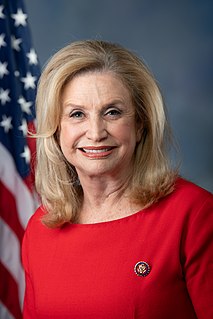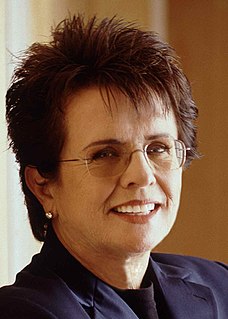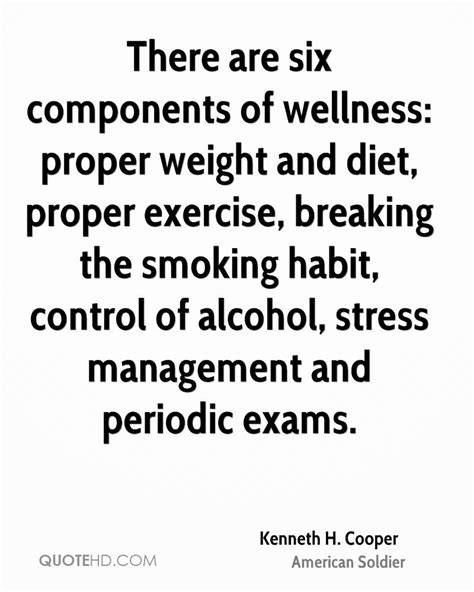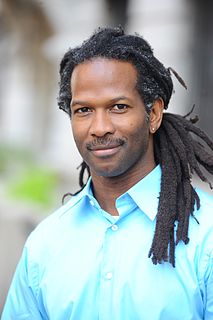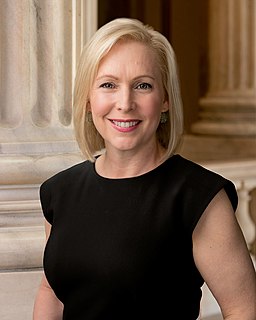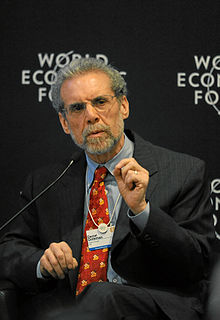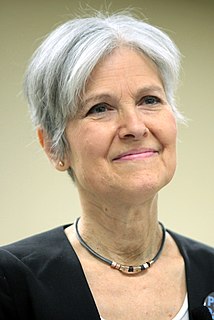A Quote by Carolyn Maloney
When I started working, women were working at 59 cents to the dollar. We got a raise, but it's still unfair. We're still 16 percent of Congress, even though we're 51 percent of the population. We're a low percentage of our CEOs. We're a low percentage of boards and being part of boards.
Related Quotes
Fifty-nine cents. For years, I wore a button - '59 cents.' Many of my colleagues wore it also. The purpose was so that people would come up and ask, 'What does '59 cents' mean?' One could then launch into a discussion about how women working full time in the U.S. earn 59 cents for every dollar earned by men.
Though women may appear equal in some ways, and though we definitely have accomplished a lot, the fact is one in one women will still experience sexual violence at some point in their lives; a mere 17 percent of the U.S. Senate is female; women still only make 77 cents for every man's dollar - and that's not even taking into consideration global issues like sex trafficking or honor killings. We still need feminism, it's just not as easy for people - especially people in an incredibly privileged country like America - to always see that.
Economists often talk about the 80/20 Principle, which is the idea that in any situation roughly 80 percent of the “work” will be done by 20 percent of the participants. In most societies, 20 percent of criminals commit 80 percent of crimes. Twenty percent of motorists cause 80 percent of all accidents. Twenty percent of beer drinkers drink 80 percent of all beer. When it comes to epidemics, though, this disproportionality becomes even more extreme: a tiny percentage of people do the majority of the work.
There's tens of millions of families with single mothers who are living at 100 to 200 percent below the poverty level and these are not women that are on welfare, these are working women. How different would there life be if they're making an extra 40 to 60 cents to the dollar. We can't do this to our kids anymore.
One of the most durable successes of the war on poverty was to dramatically reduce the number of elderly poor in America. That's still true today. But, by contrast, child poverty has shot up over the last few years: A decade ago, about 16 percent of children in America were poor - which is a shockingly high percentage. But it's not as shocking as today, when we see that 22 percent of kids live in poverty.
Take crack cocaine. Particularly in the early days of the policy, ninety percent of the people being arrested were black, even though they didn't use the drug at higher rates and even though their numbers in the general population are so low. How could that be? The thing is, you place all your resources in communities of color. And if you do that, you're going to arrest black people.
For the high achievers, studying gave them the pleasing, absorbing challenge of flow 40 percent of the hours they spent at it. But for low achievers, studying produced flow only 16 percent of the time; more often that not, it yielded anxiety, with the demands outreaching their abilities...The low achievers found pleasure and flow in socializing, not in studying.
